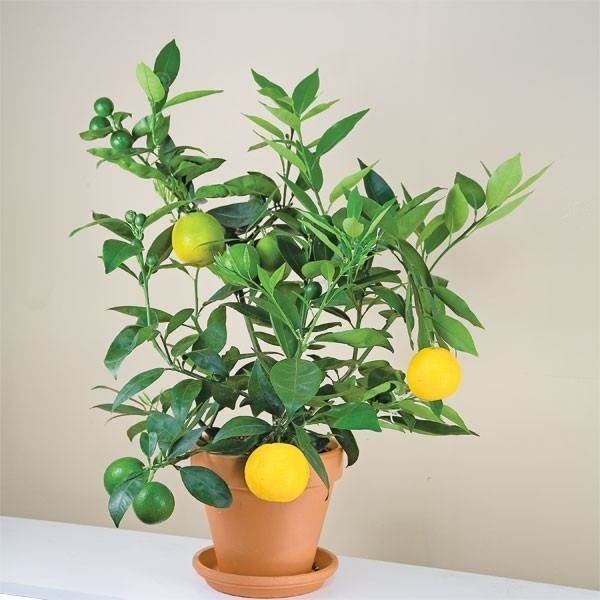 | ||
Representative species Tangerine, Lemon, Grapefruit, Buddha's hand, Bergamot orange | ||
Citrus hybrids explained pomelo tangelo and ugli fruit review weird fruit explorer ep 24
Citrus hybrids include many varieties and species that have been selected by plant breeders, usually for the useful characteristics of the fruit. Some citrus hybrids occurred naturally, and others have been deliberately created, either by cross pollination and selection among the progeny, or (rarely, and only recently) as somatic hybrids. The aim of plant breeding of hybrids is to use two or more different citrus varieties or species, in order to get intermediate traits, or the most desirable traits of the parents. In some cases, particularly with the natural hybrids, hybrid speciation has occurred, so the new plants are considered a different species from any of their parents. Citrus hybrid names are usually marked with a multiplication sign after the word "Citrus", for example Citrus × aurantifolia.
Contents
- Citrus hybrids explained pomelo tangelo and ugli fruit review weird fruit explorer ep 24
- Taxonomy
- Major citrus hybrids
- Minor citrus hybrids partial list
- Graft hybrids
- Citrofortunella
- Citrocirus
- Labelling of hybrids
- References
Taxonomy
Citrus taxonomy is very complex and this page currently follows the Swingle system.
Major citrus hybrids
The most known citrus hybrids that are sometimes treated as a species by themselves, especially in folk taxonomy, are:
Minor citrus hybrids (partial list)
Graft hybrids
Graft-chimaeras, also called graft hybrids, can occur in Citrus. The cells are not somatically fused but rather mix the tissues from scion and rootstock after grafting, a popular example the Bizzaria orange. In formal usage, these are marked with a plus sign "+" instead with an "x".
Citrofortunella
Citrofortunella according to the Swingle system, is a hybrid genus, containing intergeneric hybrids between members of the genus Citrus and the closely related Fortunella. It is named after its two parent genera. Such hybrids often combine the cold hardiness of the Fortunella, such as the Kumquat, with some edibility properties of the citrus species. Citrofortunellas, which are all hybrids, are marked with the multiplication sign before the word "Citrofortunella", for example × Citrofortunella microcarpa or × Citrofortunella mitis which refer to the same plant.
Citrofortunella
These plants are hardier and more compact than most citrus plants, often referred to as cold hardy citrus. They produce small acidic fruit and make good ornamental plants. Citrofortunella hybrids include:
Citrocirus
Citrocirus also according to the Swingle system, is a hybrid genus, containing hybrids between members of the genus Citrus and the closely related Poncirus, which includes the trifoliate orange, a cold hardy plant that is commonly used as a citrus rootstock. Citrocirus commonly refers to the citranges which are hybrids between the trifoliate and sweet oranges. However a molecular investigation suggested that Fortunella, Citrofortunella, Poncirus and Citrocirus should all be equivocally included in the genus Citrus.
Labelling of hybrids
Citrus fruit taxonomy is still poorly understood, and even modern hybrids of known parentage are sold under general names that give little information about their ancestry, or technically incorrect information.
This can be a problem for those who can eat only some citrus varieties. Drug interactions with chemicals found in some citrus, including grapefruit and Seville oranges, make the ancestry of citrus fruit of interest; many commonly sold citrus varieties are grapefruit hybrids or pummello-descended grapefruit relatives. One medical review has advised patients on medication to avoid all citrus juice, although some citrus fruits contain no furanocoumarins.
Citrus allergies can also be specific to only some fruit or some parts of some fruit.
